How Did the Moon Form?
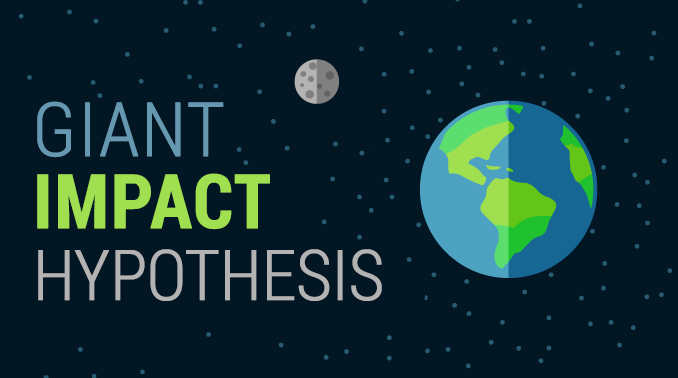
How Did the Moon Form?
The giant impact hypothesis models the formation of our moon. It describes the moon’s collision course with Earth.
The giant impact theory is identical to the “Theia impact” in which Earth is called “Gaia” and the moon is “Theia”.
Scientists estimate the formation of the moon to be around 4.5 billion years ago.
The Earth is constantly being bombarded by small asteroids and comets. But rare events are larger like the one that formed our moon.
Earth Meet Moon
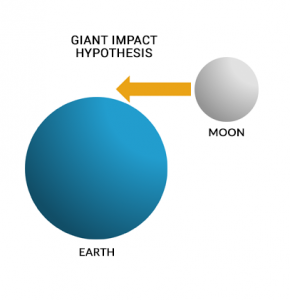
Here are the steps that outline the “Giant Impact Hypothesis”:
- COLLISION COURSE: The “Giant Impact Hypothesis” starts with an object the size of Mars heading towards Earth. At tremendous speed, this object collides with Earth.
- INDIRECT COLLISION: It wasn’t a direct collision of the two protoplanets but more of a glancing blow. Earth’s planetesimal rock is ejected out into space.
- GRAVITATIONAL PULL: But the force of gravity prevents all the debris from flying too far away in space. Eventually, the leftover debris coalesces in orbit to form the moon.
Ever since the giant impact, the moon has remained orbiting the Earth. And because of the giant impact, it tilted Earth on its axis promptly giving it seasons.
Why do the moon and Earth have similar compositions?
The composition of the moon and Earth are very similar. One big difference is that the moon does not have as much iron.
Scientists think that from the giant impact collision, the iron core of the moon got absorbed by the Earth. Also, fewer of the heavier elements like iron got thrown out into space.
As the lighter elements from Earth were flung out into space, the moon absorbed them. Eventually, the moon became a dead cinder of rock orbiting the Earth.
So not only does the Earth have more iron than the moon, but it has a higher density. Measurements can confirm these conditions to be true about the moon.
When was the formation of the moon?
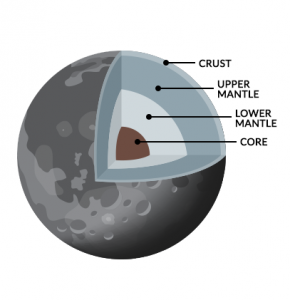
The Giant Impact Hypothesis took place about 4.5 billion years ago.
This would put the formation of the moon at the start of the Hadean Eon.
After the creation of our solar system about 5 billion years ago, this is when Earth felt the giant impact from Theia.
This final source of heat for the Earth was very catastrophic. But it eventually regulated the climate on Earth.
How Did the Moon Form?
The prevailing theory of the moon’s formation is the Giant Impact Hypothesis.
According to this hypothesis, a Mars-sized object collided with the early Earth about 4.5 billion years ago, ejecting debris that eventually coalesced to form the moon.
The Giant Impact Hypothesis is a theory that explains how our moon formed. It also helps to explain the first stages of the formation of Earth.
Do you have any questions or comments? Please feel free to use the comment form below and let us know what’s on your mind.

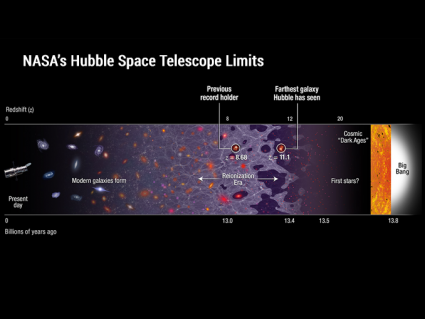
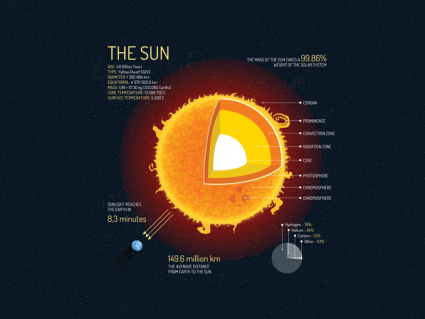

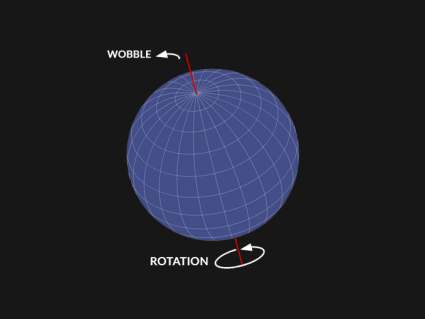
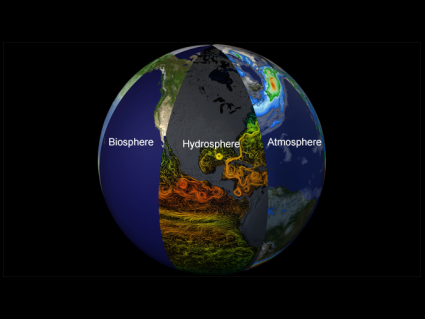
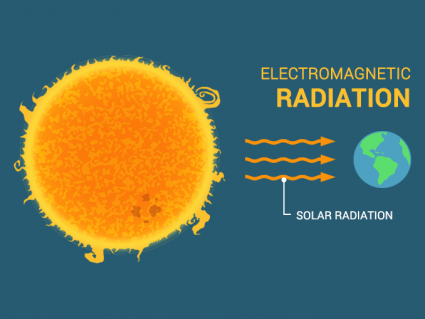
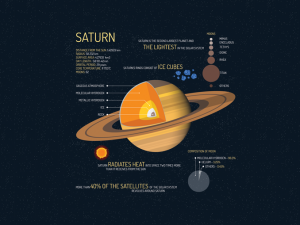
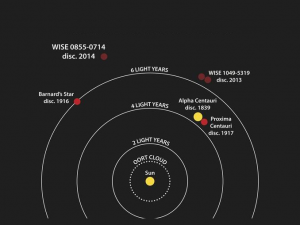
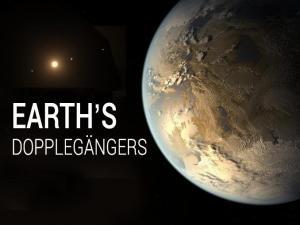
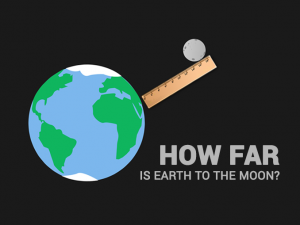
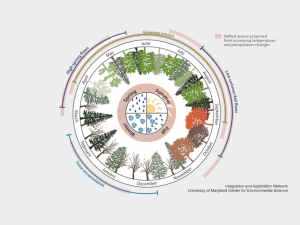
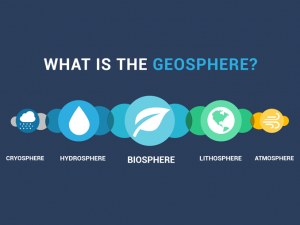
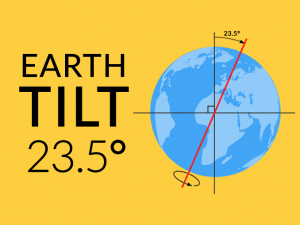
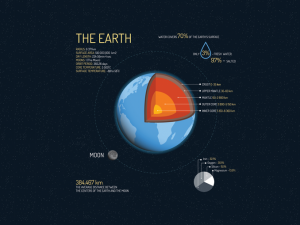
It’s a good question. You’re correct that Earth’s gravity pulls the meteor toward Earth. But when a meteor enters the Earth’s atmosphere, it experiences air resistance. This resistance is not gentle… Instead, it’s intense due to the meteor’s high speed. The meteor eventually heats up as well.
This heating up can cause the meteor to disintegrate. When you see a “shooting star” in the atmosphere…. This is exactly what’s happening – the meteor is heating and disintegrating in the atmosphere. Depending on the size of the meteor, it might burn up completely in the atmosphere… But it can also break into smaller pieces. Parts of a meteor might eventually reach the Earth… It happens. But most go unnoticed.
You can search for photos of meteor impact craters, as some can be quite large. But this isn’t anything you should be concerned about for safety.
If a meteor is going fast how did the earth gravitational pull stop it because its pull is not nearly large enough to stop that
I believe in science, reasoning, logic, patterns…
History of the Universe – https://earthhow.com/history-of-the-universe/
Earth’s Timeline – https://earthhow.com/earth-timeline-geological-history-events/
Theory of Evolution – https://earthhow.com/theory-of-evolution/
In this statement it is written that the solar system was created. What do you believe created the solar system? Do you believe God must have some you have no other answer except it was created